Hi there, pet lovers! 🦜
Ostriches (Struthio camelus) are the world’s largest and most fascinating birds, but they’re far from your typical pet. Known for their towering height, lightning speed, and occasional grumpy demeanor, these “thunder geese” demand respect, space, and expertise. While they’re farmed for meat, feathers, and leather, some enthusiasts keep them as exotic companions—though this isn’t a decision to take lightly.
In this detailed review, we’ll break down everything you need to know about ostriches, from their temperament and care requirements to the realities of fencing, feeding, and safety. Whether you’re a curious animal lover or seriously considering raising these giants, this guide will help you understand what it truly takes to keep an ostrich.
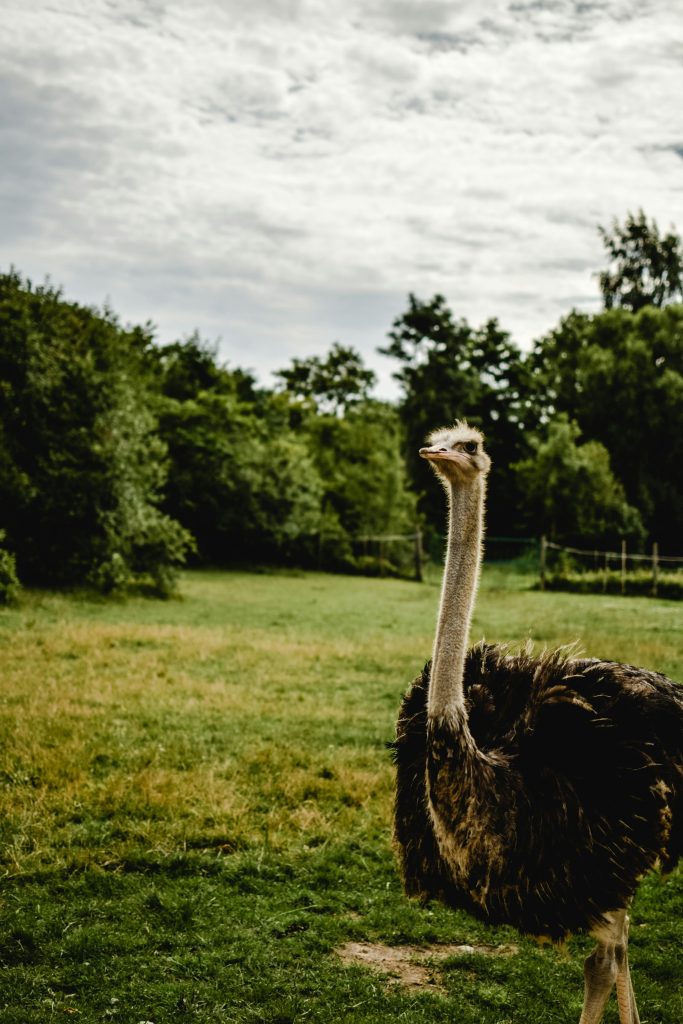
Overview
Ostriches are flightless birds native to Africa, famous for their speed (up to 45 mph), powerful kicks, and quirky personalities. Here’s a quick summary of what makes them unique:
- Handling and Temperament: Highly intelligent but unpredictable; can be aggressive, especially during breeding season.
- Care and Maintenance: Demanding—requires massive space, specialized fencing, and strict diets.
- Health and Durability: Hardy but prone to digestive blockages from eating foreign objects.
- Availability: Mostly sourced from farms or specialized breeders; not a common pet.
- Cost: Expensive to purchase and maintain (thousands in setup costs).
- Overall: Only suitable for experienced keepers with ample land and resources.
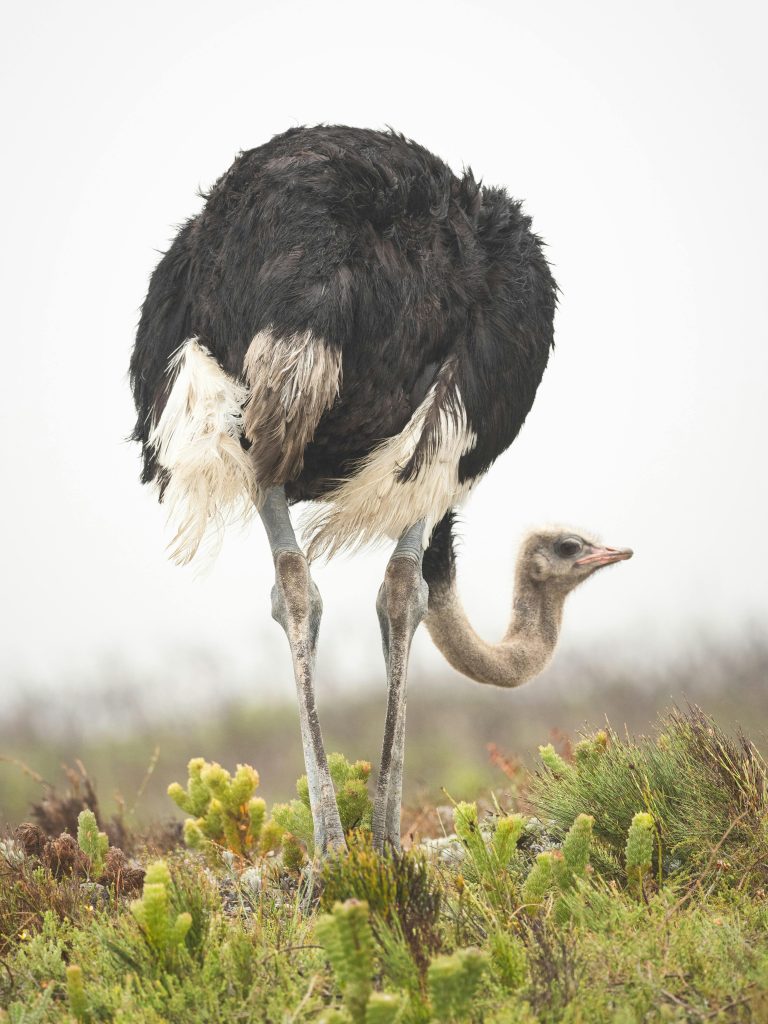
Why Choose an Ostrich?
Ostriches are not pets in the traditional sense. They’re kept for:
- Farming (meat, eggs, leather).
- Exhibition or ecotourism (zoos, wildlife parks).
- Unique companionship (for those who truly understand their needs).
Their lifespan of 30-50 years means they’re a lifelong commitment, and their size (up to 9 feet tall and 300 lbs) demands serious planning.
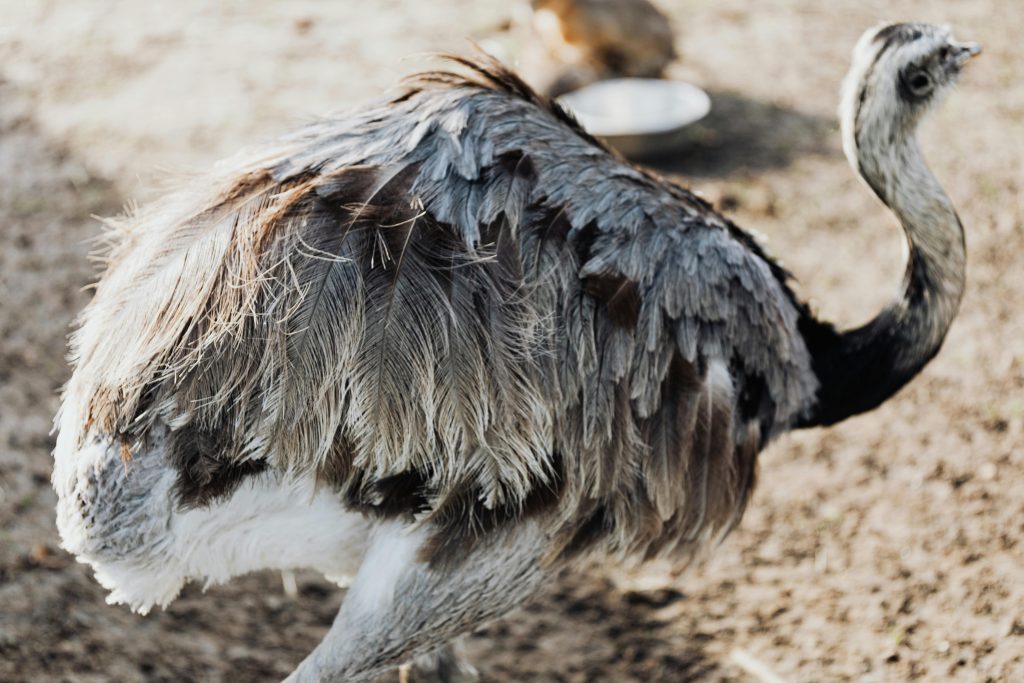
Handling and Temperament
Personality Variations
Ostriches are curious, social, and highly territorial. Males (especially during mating season) can become aggressive, puffing up and charging. Females are generally calmer but still unpredictable.
Handling Tips
- Never enter an enclosure alone—always have a second person to distract the bird.
- Avoid direct eye contact, which they perceive as a challenge.
- Use a rake or barrier to maintain distance when collecting eggs.
- Never turn your back—they can kick with 1,000+ psi of force (enough to kill a lion).
Biting and Kicking
- Ostriches peck out of curiosity or aggression (it hurts but isn’t usually dangerous).
- Their two-toed feet have claws—kicks can disembowel or break bones.
Key Takeaway: Ostriches are not cuddly pets. They require respect, caution, and experienced handling.
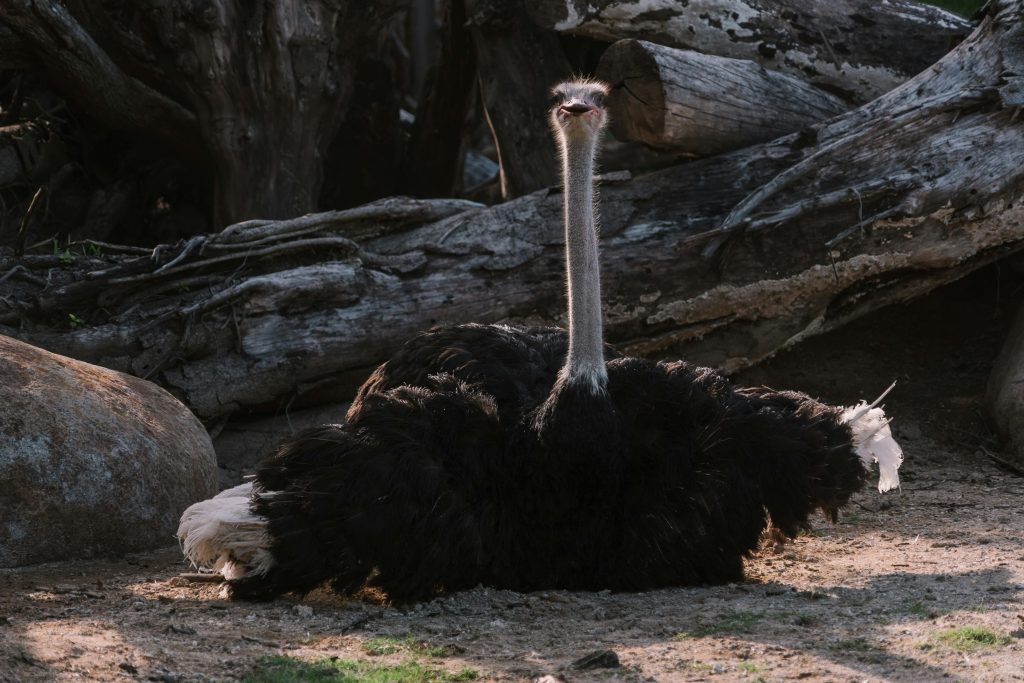
Care and Maintenance
Enclosure Setup
- Space Requirements: Minimum 1-2 acres per pair—they need room to run.
- Fencing:
- Height: At least 6-8 feet tall (they can jump 5 feet).
- Material: Woven, heavy-gauge wire (not welded)—ostriches will test it.
- Gaps: No wider than 2×4 inches to prevent head entrapment.
- Shelter: A large, dry barn (12×12 ft minimum) with sand floors (encourages nesting).
Temperature and Environment
- Ostriches tolerate heat well but need shade and fresh water.
- Avoid mud pits—they can cause foot infections.
Feeding
- Diet:
- Commercial ostrich pellets (high-fiber, 18-20% protein).
- Fresh greens (alfalfa, clover, kale).
- Grit (helps digestion).
- Avoid:
- Bread, processed foods (causes blockages).
- Small objects (they’ll eat rocks, nails, etc.).
Water
- 10+ gallons per day—they dehydrate easily.
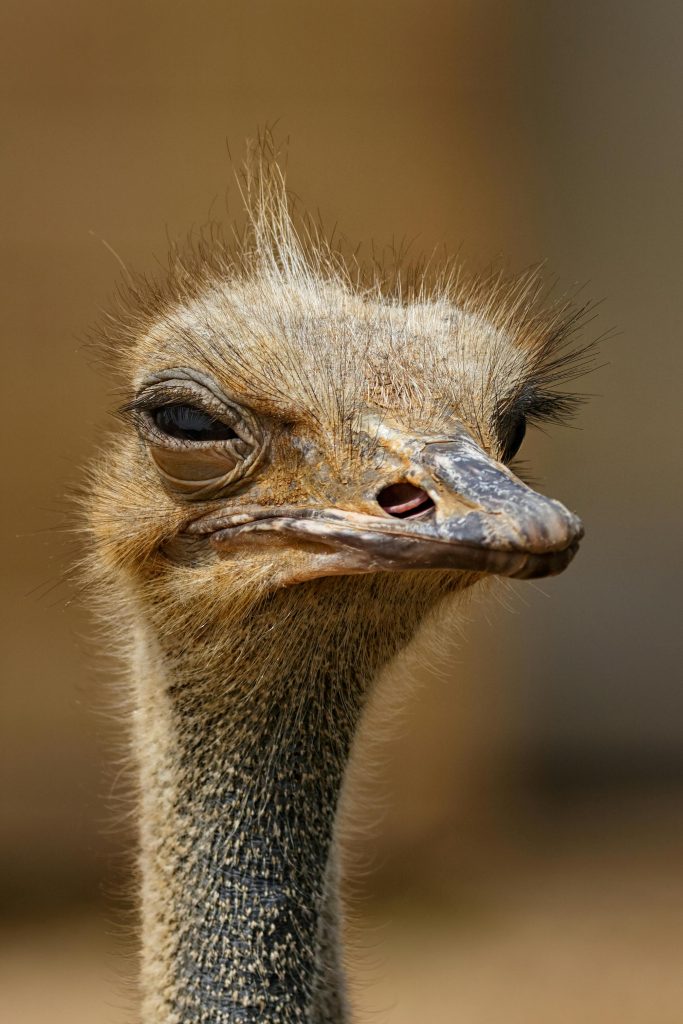
Health and Durability
Common Health Issues
- Impaction (from eating foreign objects).
- Foot rot (from wet, muddy conditions).
- Stress-related aggression (if overcrowded).
Preventative Care
- Regular vet checks (find an avian/exotic specialist).
- Clean, dry living conditions.
- Secure fencing to prevent escapes or injuries.
Lifespan
With proper care, ostriches can live 30–50 years, making them a multi-decade commitment. Farmed ostriches (slaughtered for meat) typically have shorter lifespans, while pets or breeding birds may reach their full age potential.
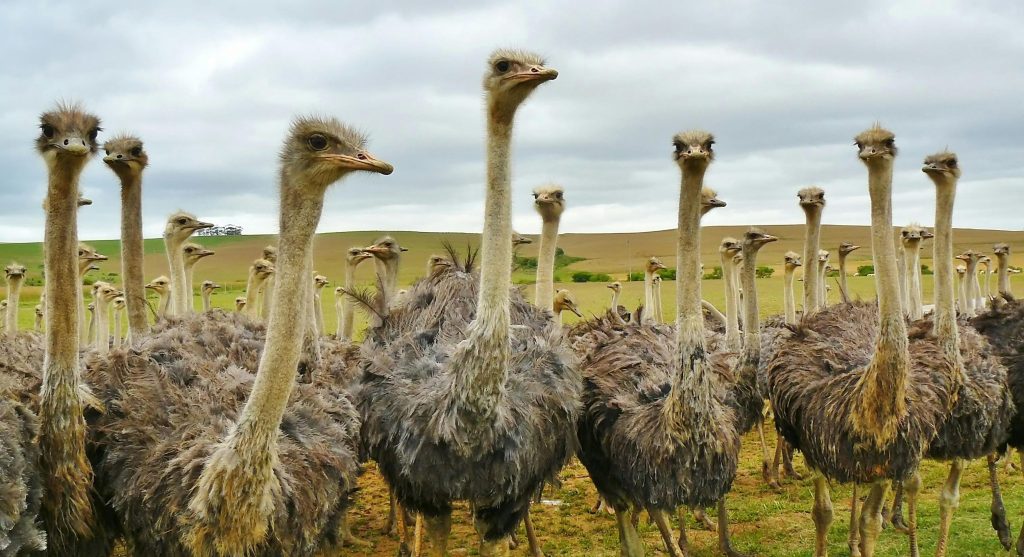
Availability and Cost
Where to Buy
- Ostrich farms (best for healthy, well-bred birds).
- Exotic animal auctions (caution—research the seller).
- Avoid pet stores (rarely equipped for ostriches).
Cost Breakdown
- Chicks: $500-$2,000 (depending on lineage).
- Adults: $3,000-$10,000+.
- Setup (fencing, barn, feed): $5,000-$20,000+.
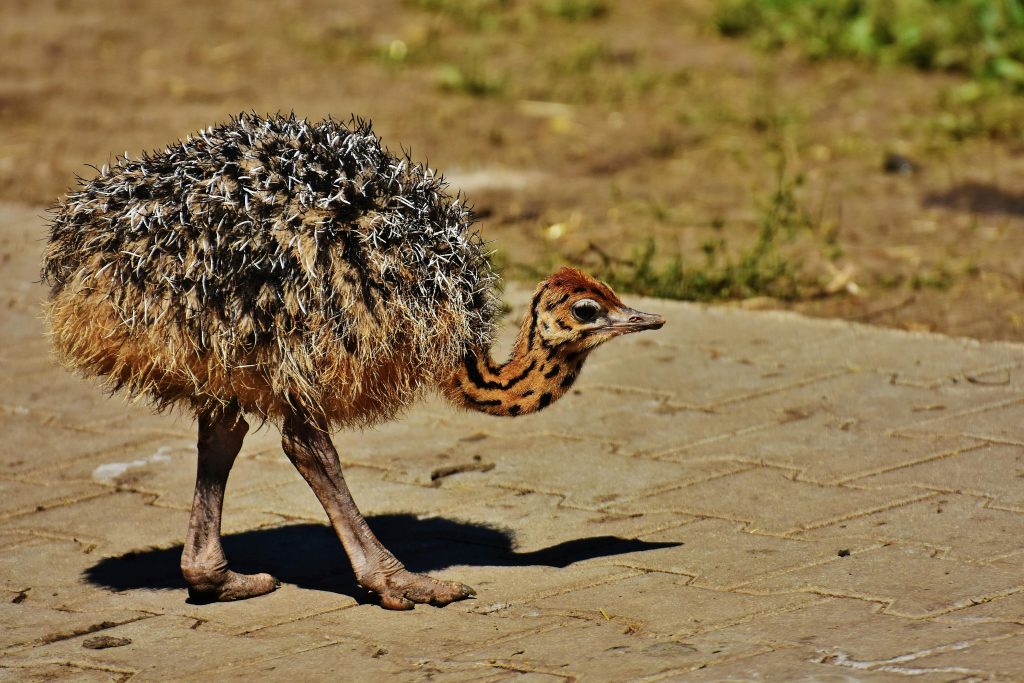
Pros and Cons
Pros
- Long lifespan (30-50 years).
- High economic value (eggs, meat, leather).
- Fascinating behavior (dancing, social interactions).
Cons
- Extremely dangerous (kicks, bites, territorial aggression).
- Expensive to maintain.
- Requires vast space and specialized care.
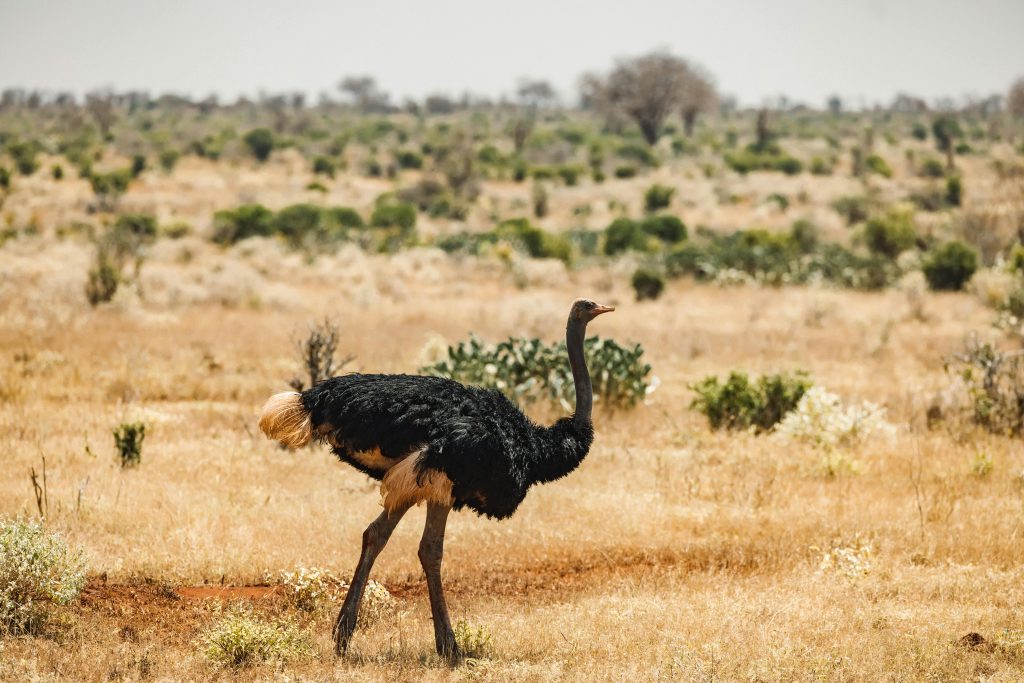
Final Thoughts
Ostriches are magnificent but high-maintenance animals, best suited for farmers, zoos, or highly dedicated experts. They’re not pets for beginners—their strength, intelligence, and territorial nature demand serious respect and preparation.
If you’re still determined, connect with experienced breeders, invest in proper infrastructure, and never underestimate their power. For most people, admiring ostriches from a distance is the safest (and wisest) option.
Have questions or experiences with ostriches? Share them below! For more exotic animal guides, stay tuned to our blog. 🦜🐾



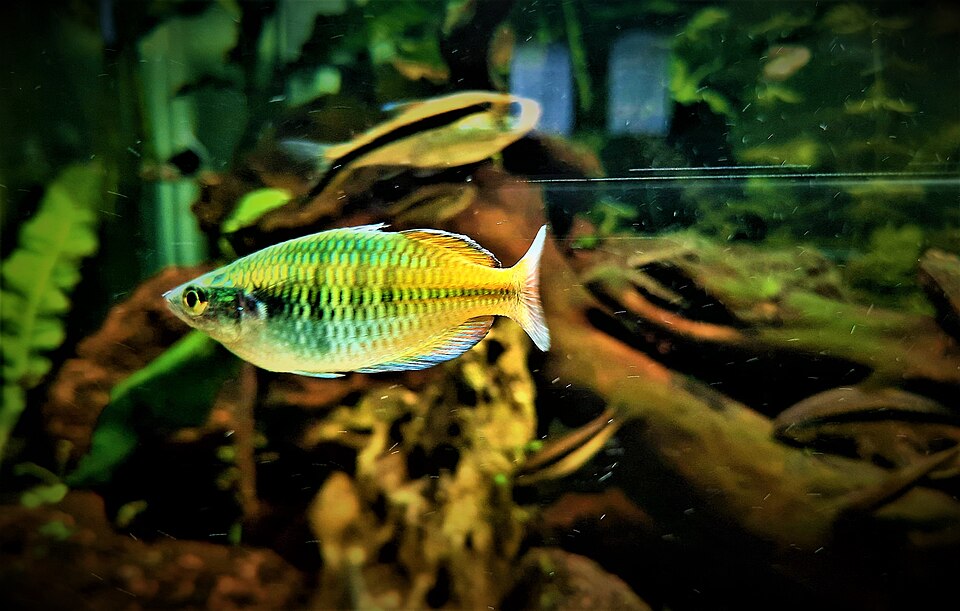
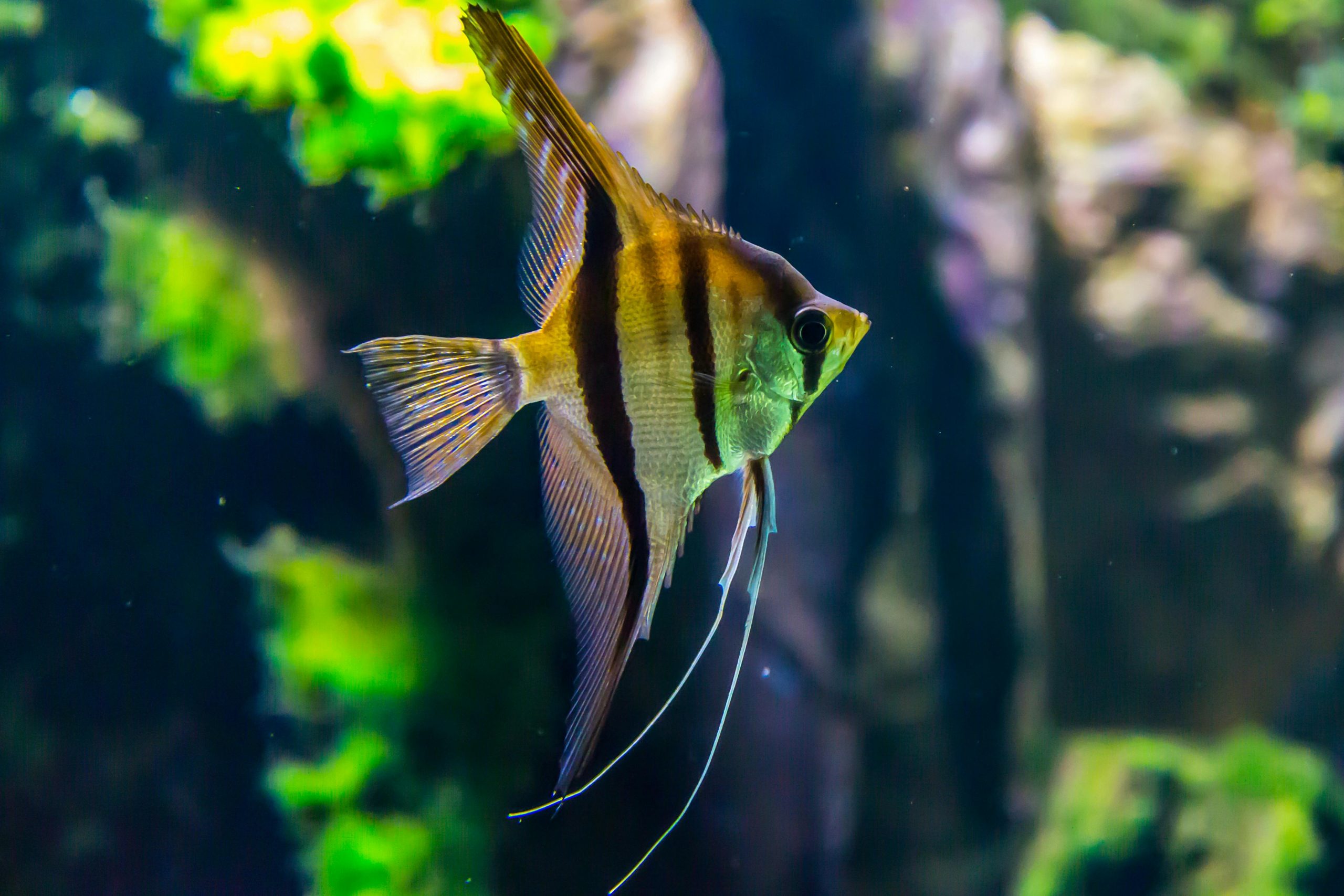
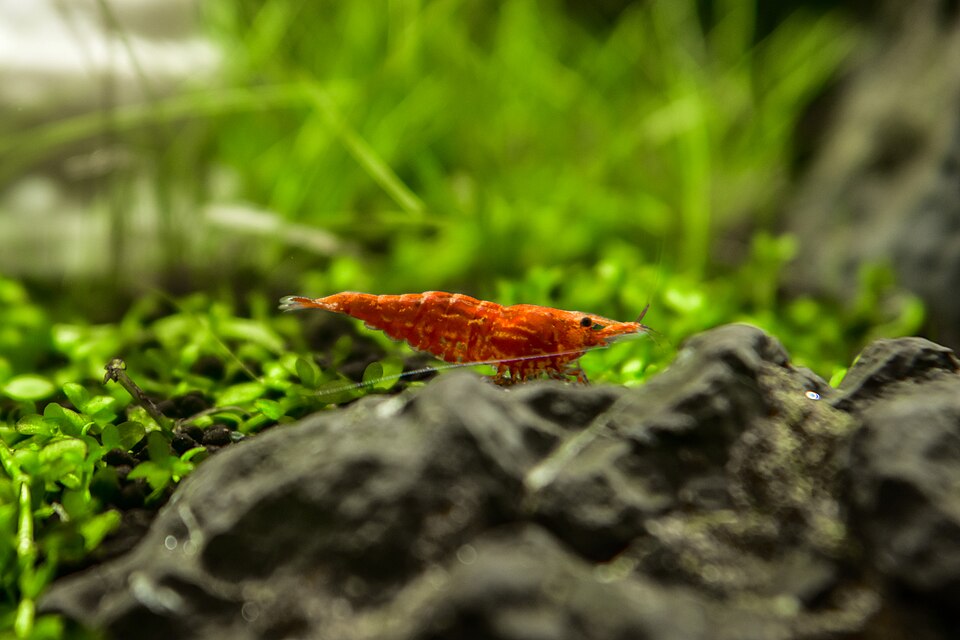

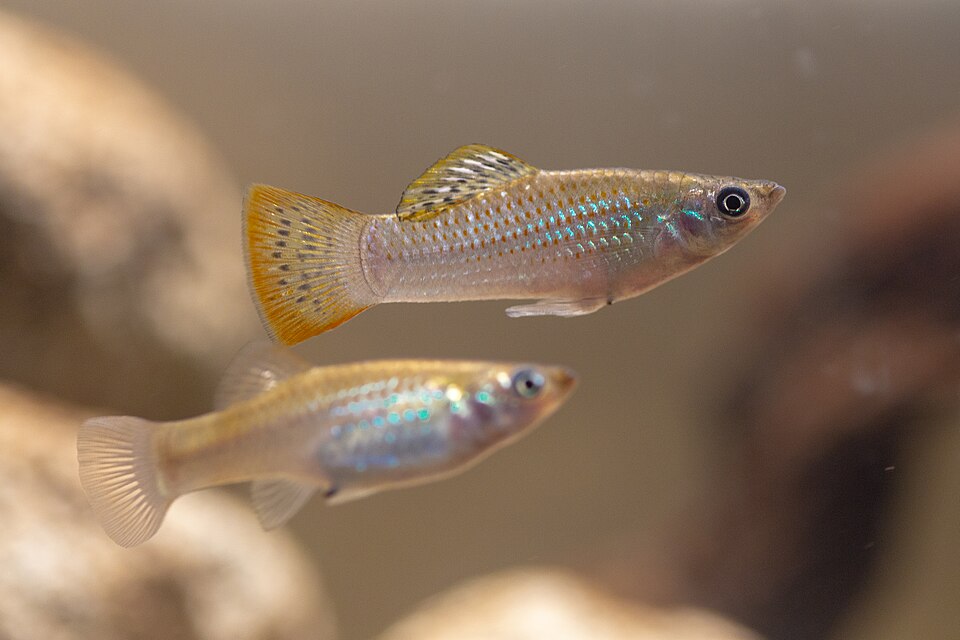
Leave a Reply